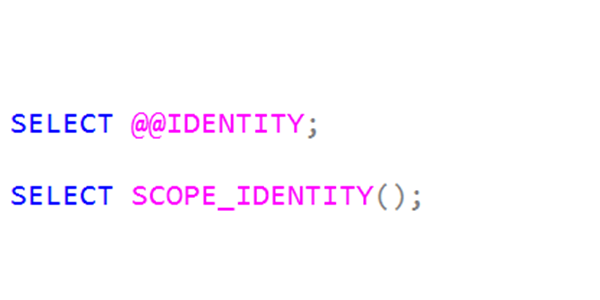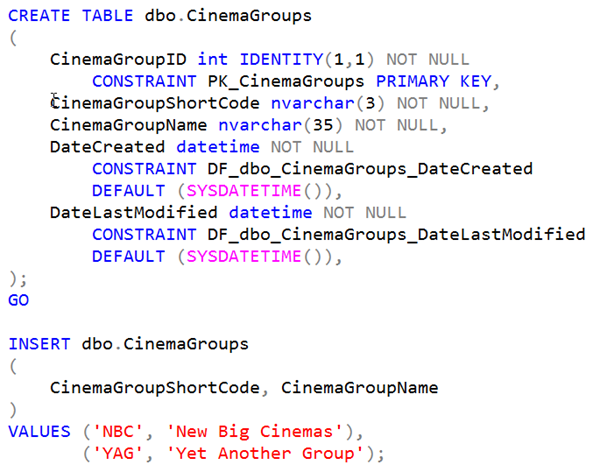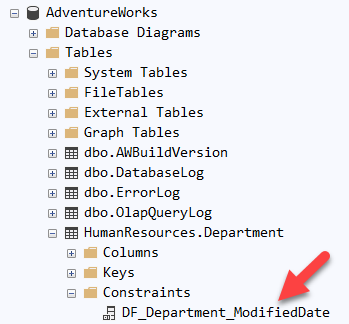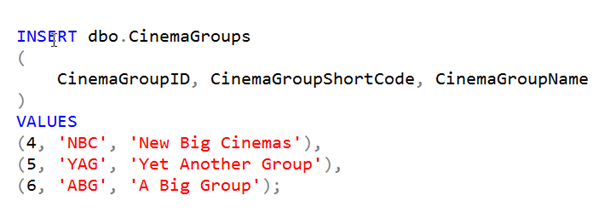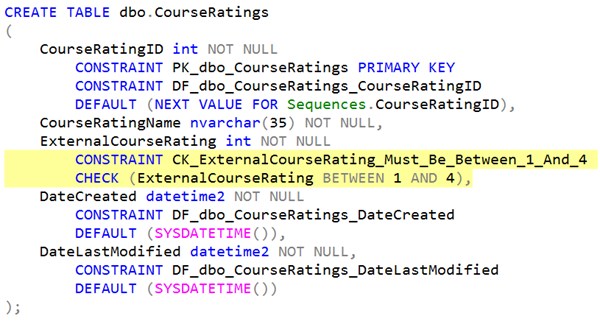
T-SQL 101: 133 What is a Check Constraint in SQL Server?
I previously described how column data types help define what you can put in a column. But sometimes I need to be more specific.
For example, if I have an ExternalCourseRating column and it’s an integer but it’s not allowed to be any value outside the range 1 to 4, I need to do more than just say it’s an integer because that could have a wide range of potential values.
2025-03-22


